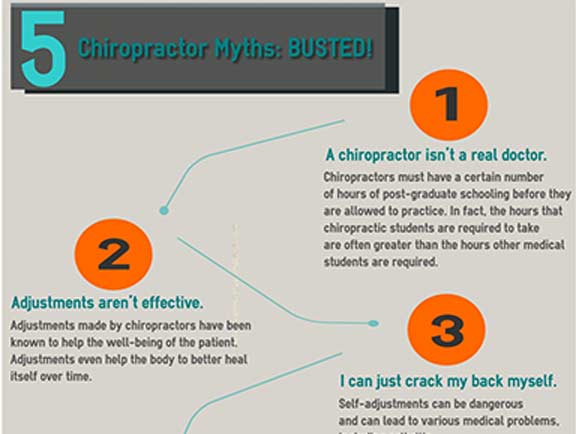Prepare Yourself To Check Out The Interesting Cellular Interactions Of Cold Laser Treatment And Its Use Of Light For The Function Of Healing. Dive Even More Right Into The World Of Scientific Research!
Prepare Yourself To Check Out The Interesting Cellular Interactions Of Cold Laser Treatment And Its Use Of Light For The Function Of Healing. Dive Even More Right Into The World Of Scientific Research!
Blog Article
Material Writer-Dougherty McIntosh
You may have come across cold laser treatment as a promising treatment option for various problems, yet have you ever wondered exactly how it actually deals with a mobile degree? Understanding the devices behind this therapy can clarify its effectiveness in promoting healing and minimizing inflammation. By discovering the scientific research behind cold laser treatment, you'll gain understandings right into the fascinating ways in which light can affect mobile procedures and promote cells repair.
Just How Cold Laser Treatment Functions
To understand exactly how cold laser therapy functions, you require to comprehend the essential concepts of just how light power communicates with organic tissues. Cold laser therapy, additionally called low-level laser treatment (LLLT), uses particular wavelengths of light to pass through the skin and target hidden cells. Unlike the extreme lasers used in procedures, cold lasers discharge reduced levels of light that don't produce heat or trigger damage to the tissues.
When these mild light waves get to the cells, they're taken in by elements called chromophores, such as cytochrome c oxidase in mitochondria. This absorption triggers a series of biological responses, consisting of raised mobile energy manufacturing and the release of nitric oxide, which improves blood flow and lowers swelling.
Additionally, the light energy can likewise stimulate the manufacturing of adenosine triphosphate (ATP), the power currency of cells, helping in mobile repair service and regrowth processes.
Basically, https://www.healthline.com/health/does-laser-eye-surgery-hurt takes advantage of the power of light power to advertise recovery and alleviate pain in a non-invasive and mild way.
Systems of Action
Just how does cold laser therapy actually work to produce its therapeutic impacts on organic tissues?
Cold laser treatment, additionally called low-level laser therapy (LLLT), runs with a procedure known as photobiomodulation. When the cold laser is applied to the skin, the light energy passes through the tissues and is soaked up by chromophores within the cells.
These chromophores, such as cytochrome c oxidase in the mitochondria, are after that promoted by the light energy, bring about a waterfall of organic responses. One vital system of activity is the enhancement of cellular metabolic rate.
The soaked up light power increases ATP production in the mitochondria, which is essential for cellular feature and fixing. Additionally, find more info helps to lower swelling by hindering inflammatory moderators and promoting the release of anti-inflammatory cytokines.
This anti-inflammatory result contributes to pain relief and tissue recovery.
Restorative Impacts
Recognizing the therapeutic effects of cold laser therapy entails identifying how the enhanced cellular metabolic process and anti-inflammatory homes contribute to its positive results on biological cells.
When the cold laser is related to the damaged area, it stimulates the mitochondria within the cells, leading to raised manufacturing of adenosine triphosphate (ATP), which is vital for cellular function and fixing. This boost in mobile power accelerates the healing procedure by advertising tissue regeneration and reducing swelling.
In addition, the anti-inflammatory properties of cold laser therapy assistance to decrease discomfort and swelling in the targeted area. By inhibiting inflammatory mediators and promoting the launch of anti-inflammatory cytokines, cold laser therapy help in relieving pain and boosting the total recovery reaction.
This decrease in swelling not only gives instant relief yet likewise sustains lasting tissue repair service.
Conclusion
Finally, cold laser treatment functions by boosting mobile repair service and cells regeneration through photobiomodulation. Its anti-inflammatory residential or commercial properties supply pain relief and decrease swelling by inhibiting inflammatory conciliators.
This therapy provides a detailed technique to recovery, supplying both instant relief and lasting cells repair work benefits.
Via its systems of action, cold laser treatment shows to be an efficient and promising treatment choice for a variety of conditions.
